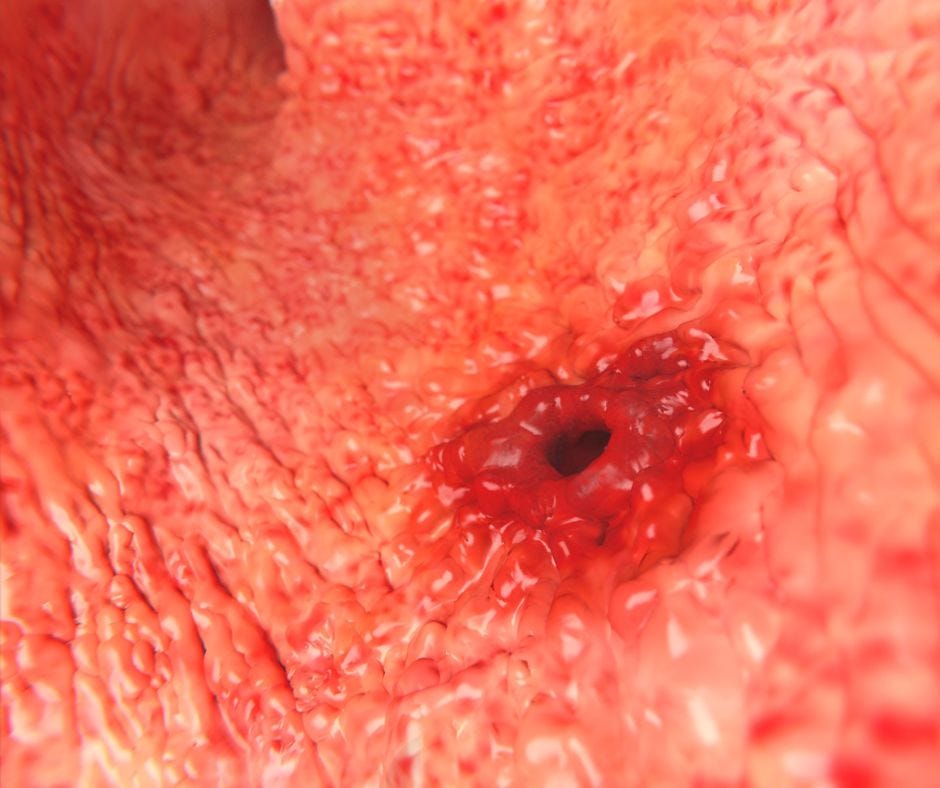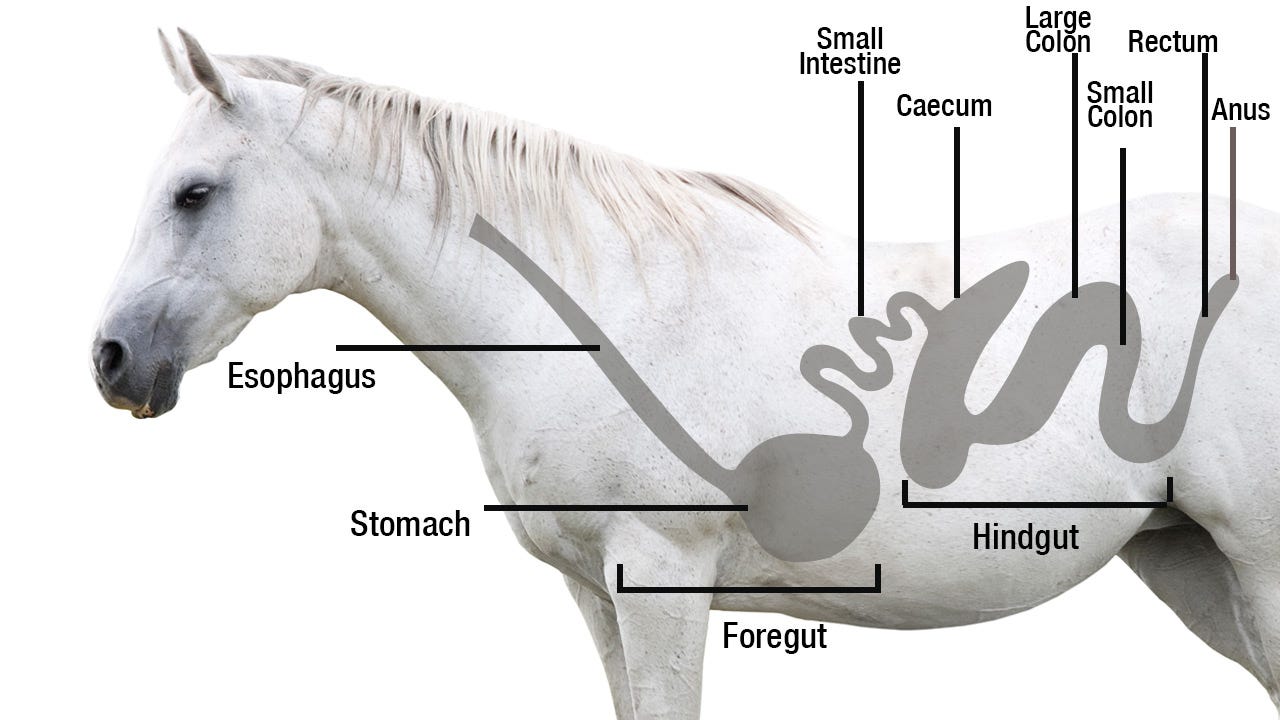We use cookies to make your experience better. To comply with the new e-Privacy directive, we need to ask for your consent to set the cookies. Learn more
Tapeworm Threat to Horses What you need to Know
Detection is Difficult
One of the main parasites that cause severe infections in horses is the tapeworm. Tapeworms are increasing in numbers, primarily because they have been gaining resistance to the medications previously used. Infections caused by these parasites went unnoticed since it is hard to detect them in fecal egg tests. Similarly clinical symptoms were not clearly associated with the parasite infection.
Recent studies have shown that Tapeworm Threat to Horses poses a great risk. Issues can range from spasmodic colic as well as impactions occurring at the terminal end of the horse’s small intestine. Several studies have also demonstrated that there is a high percentage of infection caused by these parasites. This leads to an interesting subject on tapeworm threat to horses, once considering to be a minor threat, wrong!
Different Species of Tapeworms
There are three species of tapeworms that cause infection in horses:
1.Anoplocephala magna - prevalent in the United States
2.Anoplocephala perfoliata, and
3.Paranoplocephala mamillana,
The mature worm can grow from 3-8 centimeters. Those that are smaller than that size range may either be an immature worm or another species, specifically P. mamillana. Common equine tapeworms use four suckers to attach themselves to the intestinal lining of the host. This is where they would compete for nutrients through their cuticle.
Diagnosing Tapeworm Infections
As mentioned, it may be difficult to diagnose tapeworm infections. Most tapeworm infections are not accompanied by clinical symptoms but can cause damage for a period of time before signs of disease become visible.Young horses are particularly at risk of developing anemia and weight loss caused by parasites. While tapeworms are best diagnosed by the presence of their eggs in fecal matter, not all fecal examinations will prove diagnostic.
Tapeworm eggs are also the reason why diagnosing the infection is difficult. They congregate in small numbers instead of as individual eggs. These eggs don’t really float well when in a testing medium, which makes them easily unnoticed during a fecal egg count analysis. To be able to visualize tapeworm eggs, there is a need to perform more sophisticated examinations. Most of the veterinary labs are not well-equipped to perform such tests, so as a result, diagnosing the infection is missed. However, there are instances where a parasite specimen can be detected in the feces of an infected horse once a they have been administered with a deworming agent that works best against tapeworms.
Tapeworms in horses reside in clusters around the ileocecal valve . This is found in the intestinal tract, just by the junction of the large and small intestines. In this particular small region tapeworms make changes to the intestinal tract.
Symptoms of Tapeworms in Horses
- Diminished performance
- Pain and discomfort
- Increased flatulence
- Pawing Trying to lie down
- Malaise
- Lethargy
- Nipping at sides
- Refusal to eat Weight loss
- Nutritional deficiency
- Bloating
- Dull coat
- Lack of shedding in warmer weather
Consult your veterinarian on the possibility of tapeworm infection in your horse. So that the best treatment regimen for controlling these parasites in horses can be given.









Validate your login